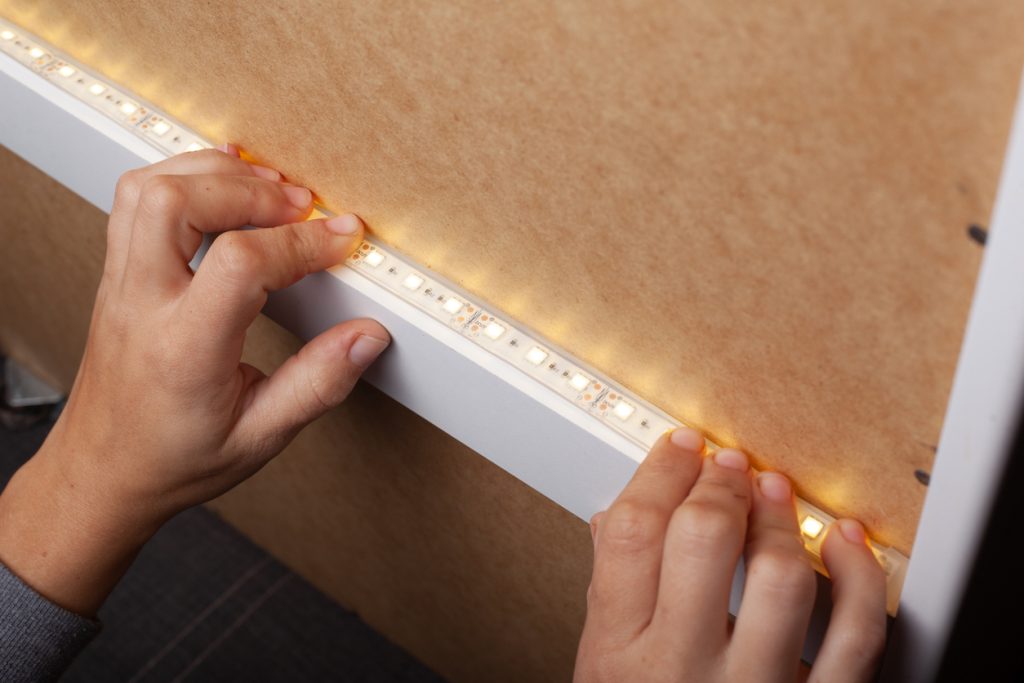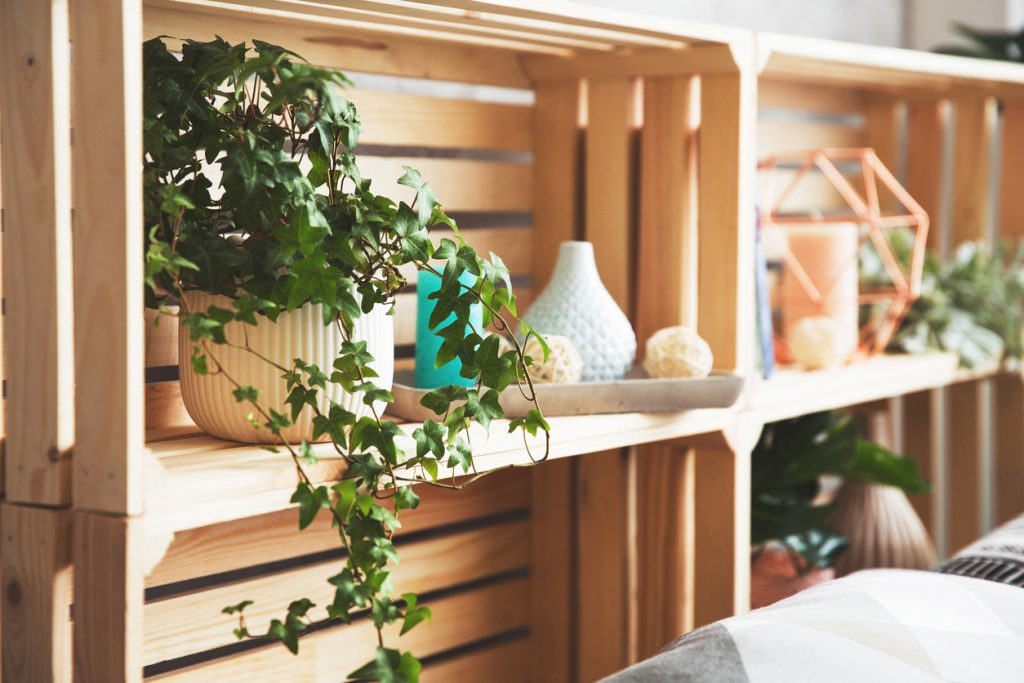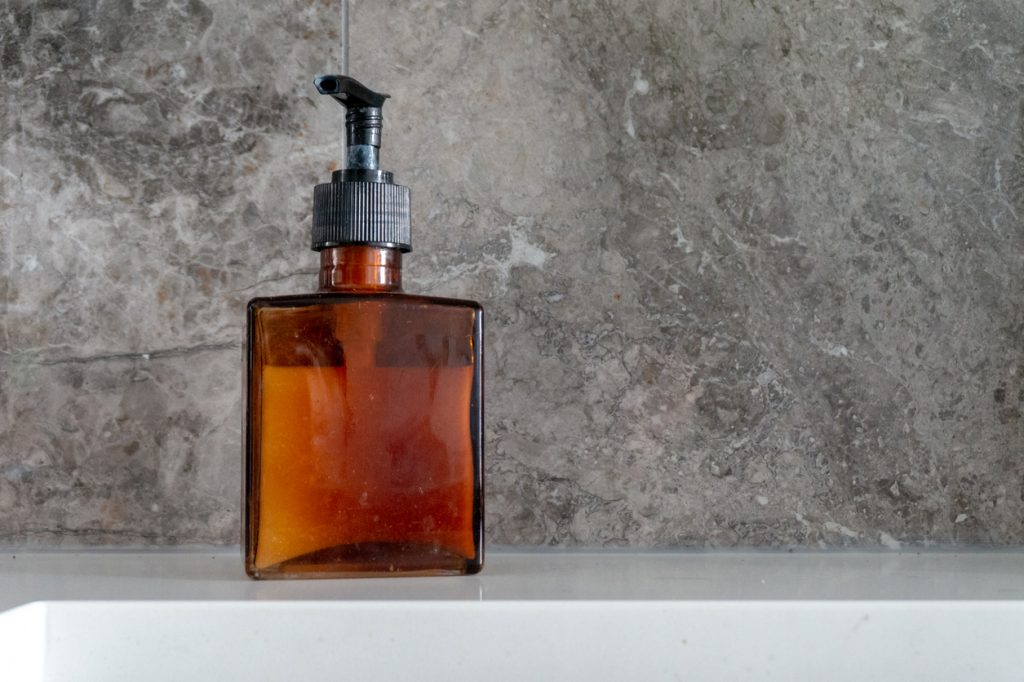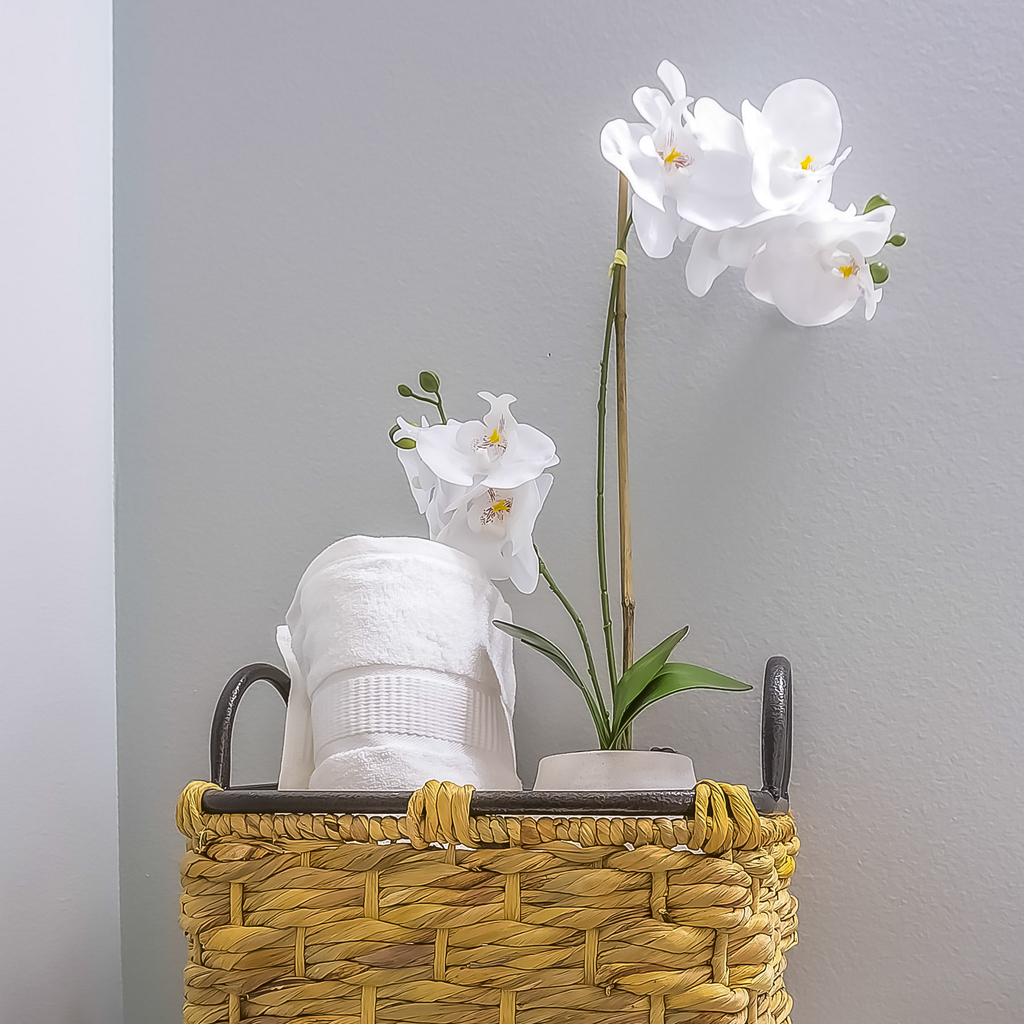After you've completed a big renovation—whether it's new tiles, fixtures, or flooring—it's easy to feel like your budget has been well and truly spent. But that doesn't mean you have to skimp on the finishing touches.
Here are some down-to-earth, budget-friendly ideas we recommend making your bathroom feel more like home.
Lighting can completely change the atmosphere of your bathroom, and you don't need to spend a fortune to get it right. Installing LED strips behind your mirror or under shelves can create a soft, ambient glow—perfect for evening relaxation. It's a simple, affordable upgrade that lasts and makes the room feel warm and inviting.

Keeping a cohesive colour theme by adding items that draw it all together is important. You can achieve this by embroidering or dyeing towels to match your chosen colour scheme. This adds a custom flair without the need to compromise on practicality.

If you're looking for something that speaks to the region's heritage, consider using Herdwick wool items as decorative wall hangings, adding a soft and cosy unique element to the wall. Always consider how well fabrics will hold up in a damp environment. This would work best in a well-ventilated bathroom. If wool isn’t your thing why not try looking around for unused wallpaper or tiles.

The result? A stylish, cohesive look that ties into your bathroom's overall design.
We recommend exploring Cumbria and the South Lakes to find unique, budget-friendly pieces for your bathroom. These local items not only add character and practicality to your space but also reflect the charm and uniqueness of our region.

Look out for slate tiles from old Cumbrian buildings—these can be repurposed as accents or coasters to give your bathroom a distinctive edge. Handcrafted wooden shelves made from reclaimed Cumbrian oak or pine are also a great find and bring a natural, rustic warmth to your space.

If you enjoy a good rummage, we recommend visiting car boot sales in Cumbria in close bt towns like Kendal which host regular events where you can discover one-of-a-kind items to upcycle or restore.
You might come across a vintage Lakeland Pottery washbasin or soap dish from Keswick, which adds a traditional touch to your bathroom, or if you're still looking for one, you can make your own.

The bottles add a vintage or minimalist look to your bathroom, depending on your style, and they're a reusable, eco-friendly alternative to plastic dispensers.
For larger pieces, we suggest checking out local reuse organisations like Restore in Carlisle or Age UK South Lakes, with their outlets in Kendal, Ulverston, Milnthorpe, and Grange-over-Sands. You'll find an excellent selection of furniture and décor that's both affordable and full of character.

Baskets add texture and a rustic feel while keeping everything within arm's reach.
What makes this guide so special is the connection to the local area. When you choose to upcycle or source bathroom fitting from Cumbria, you're not just adding décor—you're bringing a part of the region's rich history and craftsmanship into your home. By incorporating these elements, you're creating a bathroom that is both practical and deeply rooted in local culture.
At Panararmer, we understand that the foundation of any great bathroom starts with quality flooring and expertly installed tiles. Renovating can be a challenging process, but we're here to guide you through every step, ensuring your bathroom is built to last. Start your bathroom renovation journey with us, and then use these DIY tips to add those perfect finishing touches that make your bathroom uniquely yours.